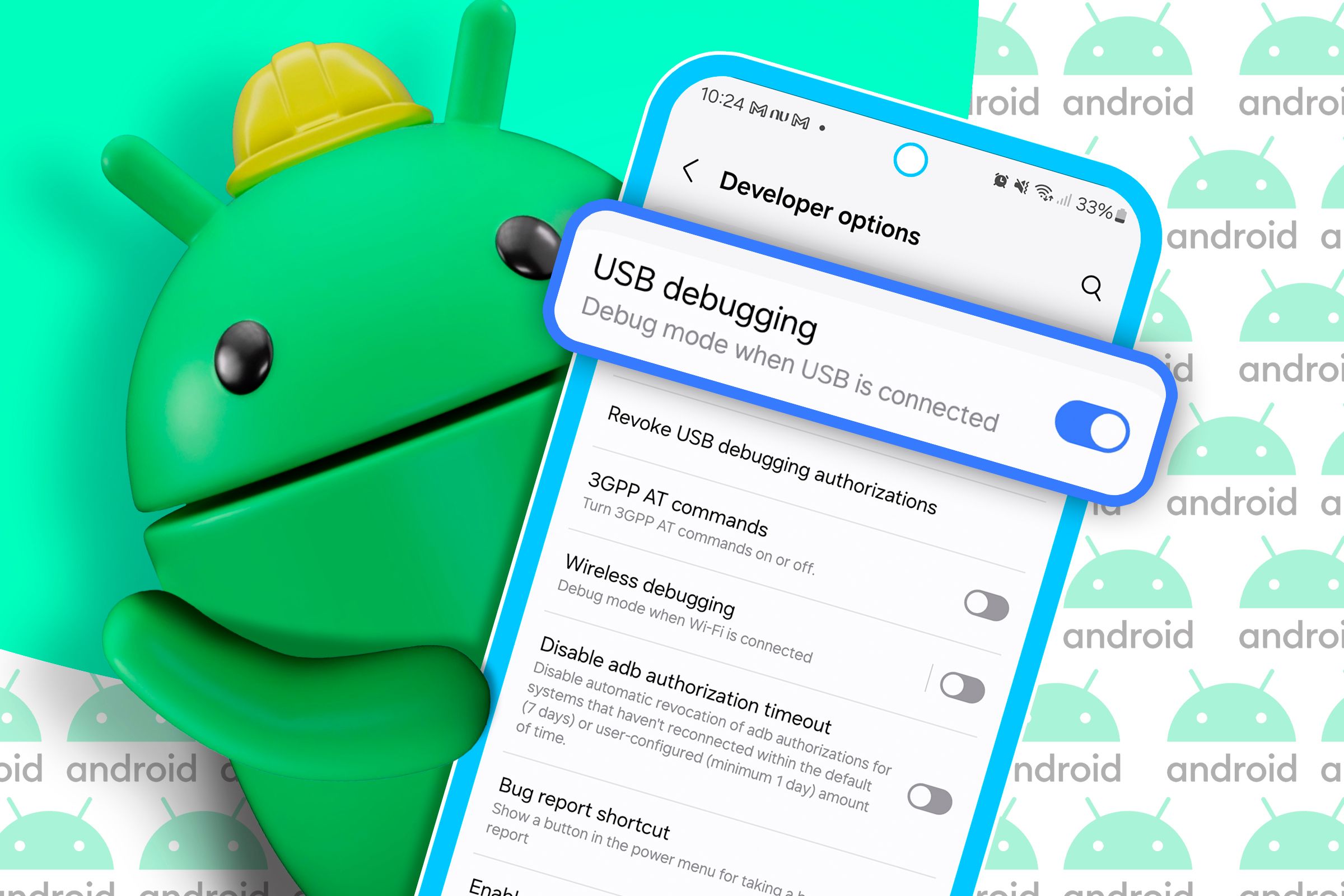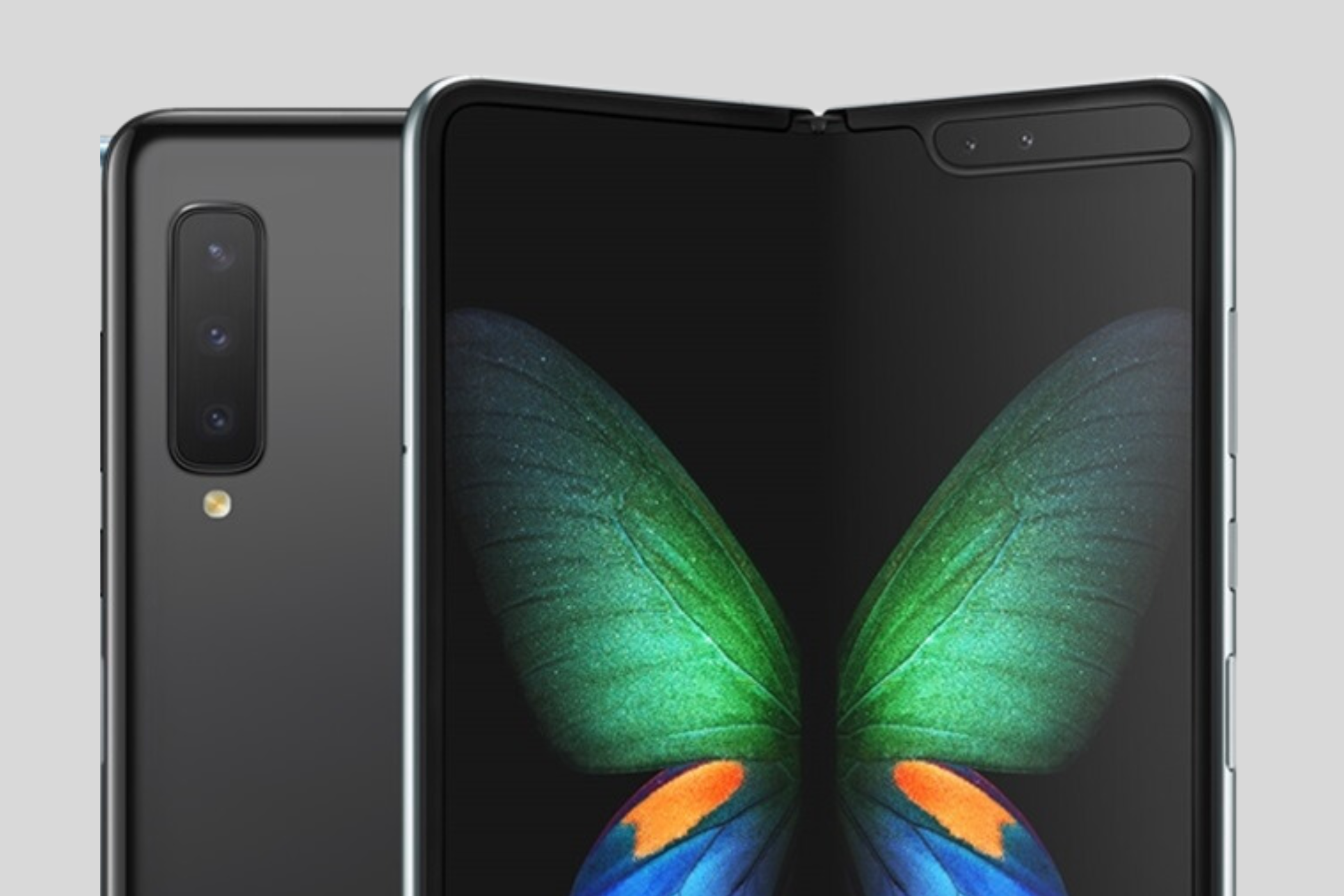The History of the Phone Notch in 7 Phones
Android
Over the years, notches have been an integral part of smartphone design. They give the front-facing camera a place to live in an all-screen design. However, with an abundance of punch-hole cameras on phones nowadays, it is easy to forget the humble beginnings of the notch.
The First Smartphone With a Notch Wasn’t an iPhone
We’ve come a long way from the teardrop notch in 2017 to the punch-hole on Android phones or Dynamic Island on iPhones in 2024. But do you remember where it all began? Hint: It wasn’t an iPhone but two Android phones that started the trend of teardrop notches on smartphones.
In 2017, the global smartphone market was dominated by, you guessed it right, Samsung and Apple. While the former had released the Galaxy S8 in April, the latter had the iPhone 7 on the shelves. Both phones featured a massive forehead and chin bezel, and so did the other handsets in the market, with an average screen-to-body ratio of around 60 to 80%.
However, before Apple could unveil the iPhone X (more on that later), the Sharp Aquos S2 and the Essential Phone PH-1 hit the market in August of 2017 (just a couple of days apart). Both phones had one thing in common: a U-shaped cutout at the top to house the front camera. Since this was the first iteration of the cutout, it was simply called a “notch” instead of a teardrop-style or a hole-punch notch.
The notch gave the Essential Phone PH-1 and the Sharp Aquos S2 a striking appearance, immediately separating them from the crowd of small-screen smartphones. It also inspired other manufacturers to bid farewell to the thick bezels at the top and bottom of the screen, increasing the screen-to-body ratio to an impressive 85%.
The iPhone X: The Notch Goes Mainstream
Even though the Essential Phone PH-1 and the Sharp Aquos S2 were the first to feature a notch on a smartphone, it wasn’t until Apple put its own spin on it with one of the most popular iPhones ever that the notch became mainstream. The iPhone X was a surprise for everyone as Apple unveiled it as the “one more thing” during the iPhone 8 launch event in 2017; it was the first event held at the Steve Jobs Theater at the Apple Park campus.
The iPhone X featured a radical design. With a screen that ran from the top edge of the chassis to the bottom edge (the first on any smartphone), Apple placed all the Face ID sensors, along with the front-facing camera, in the large, horizontal notch at the top that occupied more than half of the screen’s width. The screen-to-body ratio improved, but only to 82.9%.
While some appreciated how the phone featured an edge-to-edge screen, others criticized the notch’s size, stating that it was a big distraction while watching content or doing other things on the smartphone. Even so, the iPhone X managed to create a buzz in the market. Good or bad, the notch stayed around for a while, becoming a staple on the future iPhones.
Google Pixel 3XL: The Ugliest Notch on a Smartphone
Google launched the Pixel 3 XL in 2018, roughly one year after the iPhone X came out, but it did not jump on the notch bandwagon well. This was the year when smartphone manufacturers raced each other to stuff as much screen space into a smartphone as possible. Every company came up with a different solution for the same.
For instance, the Vivo Nex introduced a selfie camera that extended out of the device and retracted back when users closed the camera app. The Oppo Find X took it a step further by placing all the rear and front cameras in a mechanical module that rose out of the top edge every time users accessed the camera.
Although they implemented a different approach, both phones achieved an all-screen smartphone without any interruptions, which was a huge deal given how smartphones came from having huge forehead and chin bezels to a notch-less screen in a couple of years. However, Google had other plans for the Pixel 3 series.
While the regular Pixel 3 came with a standard forehead bezel, the Pixel 3 XL featured a huge—and what several publications and reviewers called an “ugly”—notch. It wasn’t as long as the notch on the iPhone XS, but it was much, much taller, to the extent that it overlayed onto some of the notifications.
Google couldn’t justify the notch and had to remove it in favor of a thin forehead, like the Samsung Galaxy S9 or Note 9 series. Meanwhile, the OnePlus 6T featured a teardrop notch, while Apple retained its classic Face ID notch on the iPhone XS, iPhone XS Max, and the iPhone XR.
Sharp Aquos R2 Compact: The Double Trouble
Google’s Pixel 3 XL wasn’t the only awkward notch implementation in 2018, as the Sharp Aquos R2 came out later the same year with a dual-notch design. Like regular phones at the time, the handset had a teardrop notch at the top. Where was the other notch then, and what did it do?
The Sharp Aquos R2, unlike any phone at the time, had a secondary notch at the bottom, housing the pill-shaped fingerprint sensor that used to be common on smartphones at the time. Even though the dual-notch design got mixed reactions, it didn’t stick around, as in-display fingerprint scanners caught up soon after.
So far, we’ve discussed three different types of smartphone notches, including the regular or teardrop-style notch, the iconic Face ID cutout on the iPhone X, and the dual-notch on the Sharp Aquos R2.
Samsung Galaxy Fold: The Side Notch
Then came 2019, the year that is remembered by three major releases: the Galaxy Fold (the early adopter of foldable screens), the Apple iPhone 11, and the OnePlus 7T Pro. Out of these, it was the first foldable by Samsung that featured yet another unique notch implementation.
Besides engineering a foldable screen, the Korean tech giant also managed to cram the notch in the top right corner of the screen (when holding it unfolded in portrait orientation). One could argue that the side notch on the original Galaxy Fold was quite odd, but the phone offered such a gigantic screen that it overshadowed the cutout.
While tasks like browsing the web or reading emails weren’t affected at all, the notch obstructed the view while watching videos or movies. So long as we’re talking about Samsung, let’s give the gorgeous Galaxy S10, with a punch-hole notch, a shoutout. It was hands down, one of the most beautiful smartphones I’ve ever spent time with.
While Samsung was taking all the right steps in the right direction, OnePlus got a bit too ambitious with the pop-up selfie camera module on the OnePlus 7T Pro. It was a clever idea with a clear motive to provide an all-screen display. Still, it had more downsides than the company initially realized (including durability concerns and increased manufacturing costs).
The Hole-Punch Notch Era
By 2020, smartphone manufacturers had tried almost every possible iteration of the notch. Besides Apple, most of them settled on including nothing but the front camera in the notch to keep its size and shape in control. This started the trend of hole-punch cutouts, which we still see on smartphones in 2024.
Whether it was the top-end Android flagships like the Galaxy S20 series or the mid-rangers like the Poco X3, punch-hole became a standard across all segments. Even the Galaxy Fold 2 featured a punch-hole notch on the primary display. This was also the year when OnePlus released its first affordable smartphone, Nord, featuring two selfie cameras, resulting in a pill-shaped notch at the top left of the screen.
After the Pixel 3 XL’s notch crisis, Google didn’t waste time in adopting the punch-hole notch. In 2020, the company released the Pixel 5, with a minimal cutout at the top left corner of the screen. Apple, playing in a league of its own, retained the gigantic Face ID notch on the iPhone 12 series, which faced a lot of criticism for occupying a significant chunk of the screen estate. Nonetheless, the company caught up (sort of) with a smaller notch on the iPhone 13.
The iPhone 14 Pro: Dynamic Island
By 2022, the market was flooded with hole-punch notches. However, it wasn’t until September of the year that the iPhone-maker introduced the Dynamic Island.
A pill-shaped cutout at its core, the Dynamic Island on the iPhone 14 Pro (and the following models) is an exceptional example of what intuitive software and capable hardware can achieve. While the notch houses the required Face ID and front-facing camera sensors, iOS utilizes the space to show interactive notifications or details about the apps running in the background.
Yes, we’ve seen a similar notch on older phones, but nobody imagined it as Apple did, making the feature stand out. The Dynamic Island also paved the way for a separation between the newer and the older iPhone models. Soon after, several developers created a Dynamic Island for Android smartphones.
Why Do Our Phones Still Have Notches?
Over the years, people have developed a habit of clicking pictures or attending video calls using the front-facing camera on their smartphones, and that is exactly why smartphones still have screen cutouts. Having a tiny hole-punch notch is the most cost-efficient and, at the same time, effective way to integrate a front-facing camera without spending more on motorized pop-up modules or rotating cameras that pose durability concerns.
Vendors like ZTE and Samsung have even knocked on the doors of an under-display selfie camera, but the implementation of technology results in poor-quality pictures. With iPhones, it is the Face ID tech that needs some space on the front screen, hence the Dynamic Island. However, companies are working on removing the notch entirely from smartphones, resulting in an all-screen display without using gimmicky methods.
Under-Display Camera Sensors Could Be the Way Forward
In 2024, removing the notch isn’t an absolute priority for manufacturers. Currently, the companies focus on loading a handset with as many AI-infused features as possible. While Samsung and Google are already in the lead, Apple hasn’t been able to catch up well. Other brands like OnePlus, Vivo, Oppo, and Moto are also following the trend.
However, the future of smartphones is surely notch-less, and it could very well be achieved with the help of under-display cameras. The technology exists, but as I mentioned, it isn’t as good as physically visible cameras. It is just a matter of time before an OEM decides to focus on innovation and knocks down the notch once and for all.



























